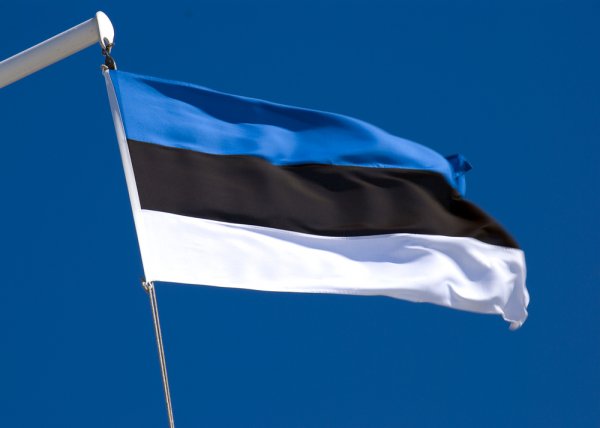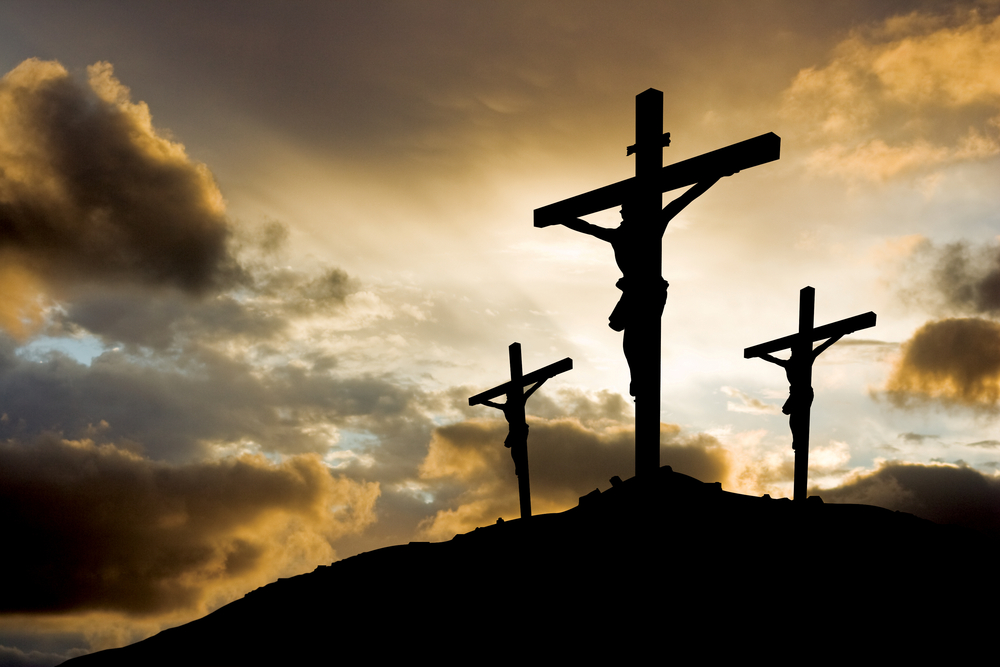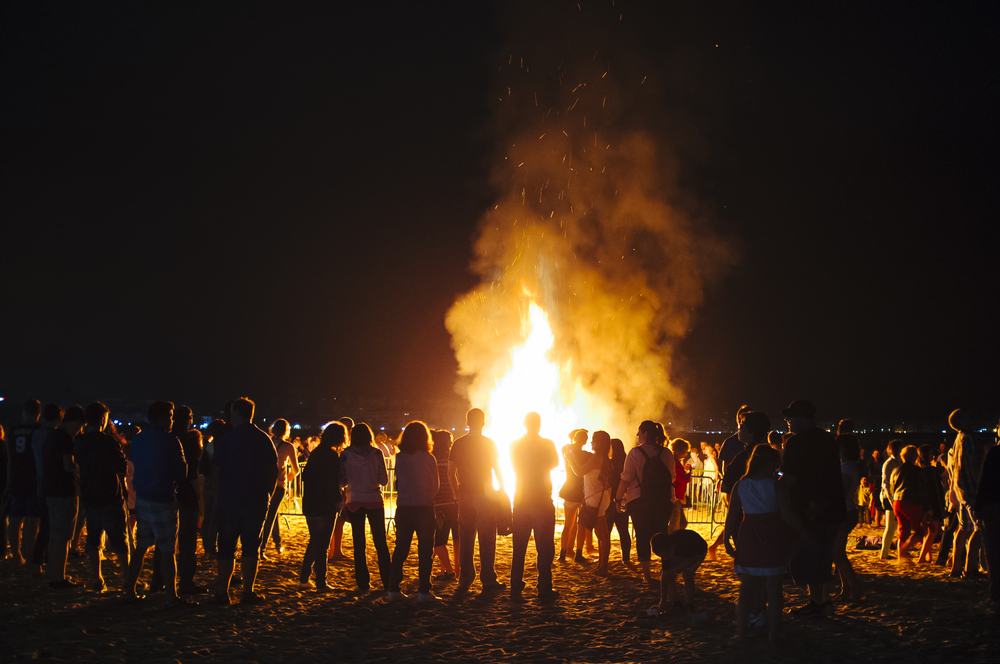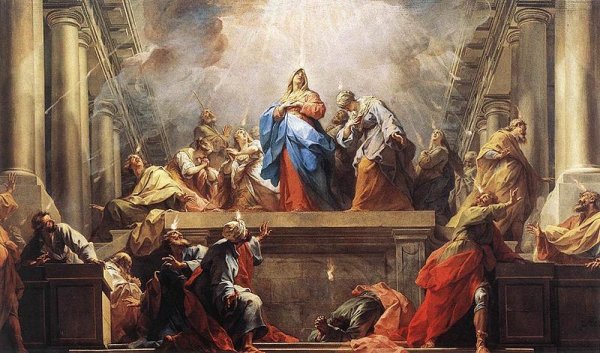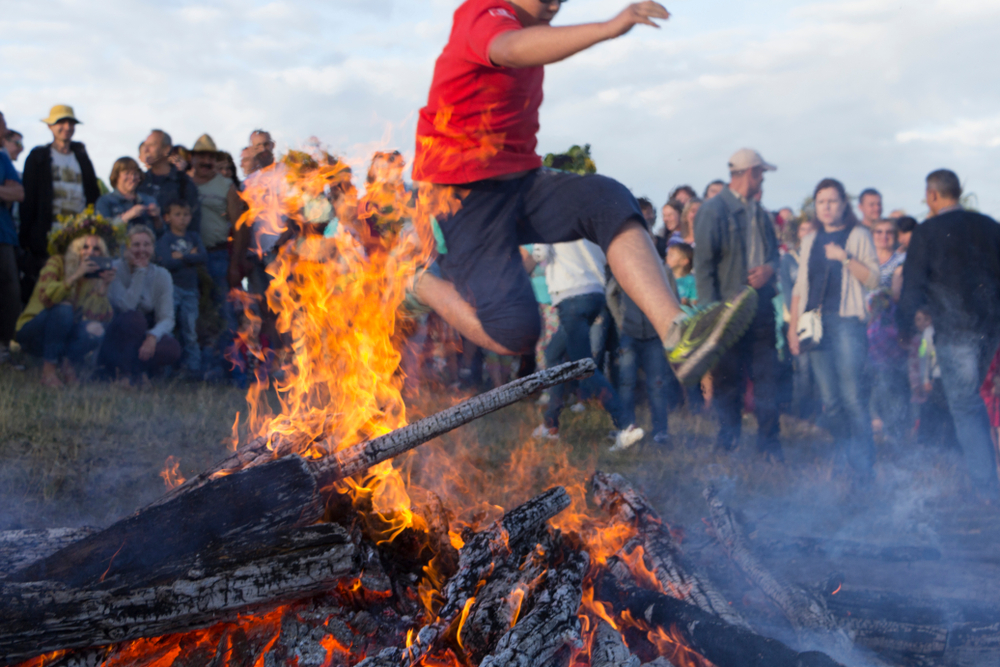
Calendar
| Holiday | 2024 | 2025 | 2026 | Affected |
| New Year’s Day | Jan. 1 | Jan. 1 | Jan. 1 | g, b, o, r |
|---|---|---|---|---|
| Independence Day | Feb. 24 | Feb. 24 | Feb. 24 | g, b, o, r |
| Good Friday | March 29 | April 18 | April 3 | g, b, o, some r |
| Easter Sunday | March 31 | April 20 | April 5 | g, b, o, r |
| Spring Day (Kevadpüha) | May 1 | May 1 | May 1 | g, b, o, r |
| Whit Sunday (Pentecost) | May 19 | June 8 | May 24 | g, b, o, r |
| Victory Day (Võidupüha) and Midsummer’s Eve | June 23 | June 23 | June 23 | g, b, o, r |
| Midsummer’s Day/St. John’s Day (Jaanipäev) | June 24 | June 24 | June 24 | g, b, o, r |
| Independence Restoration Day | Aug. 20 | Aug. 20 | Aug. 20 | g, b, o, r |
| Christmas Day | Dec. 25 | Dec. 25 | Dec. 25 | g, b, o, r |
| Second Day of Christmas | Dec. 26 | Dec. 26 | Dec. 26 | g, b, o, some r |
Note: Holidays that fall on weekends are often moved to the following Monday.
Key:
g = government offices and institutions
b = banks and financial institutions
o = non-retail businesses/offices
r = retail businesses
New Year’s Day
Date(s):
January 1
Closures:
Government, Banks, Offices, Retail
Description:
Celebrates the first day of the new year.
Background:
Ancient civilizations marked their years with the seasons, celebrating the beginning of a new year at the time of the vernal or autumnal equinox, or sometimes at the winter solstice. Julius Caesar revised the calendar to start the year on January 1, and the Gregorian calendar we use today followed suit.
How Celebrated:
Estonians spend New Year’s Eve shopping or having dinner with family and friends. Concerts and musical shows are held in theaters, bars, and restaurants. New Year's parties include a lot of food, drinks, music, and fireworks displays at midnight.
A popular Estonian superstition is to intentionally eat seven, nine, or twelve times during the day since Estonians believe that the numbers seven, nine, and 12 are auspicious. This gesture is believed to ensure plentiful food for the rest of the year. Traditional festive meals include pork, sauerkraut, potatoes, hog’s head, white and blood sausages, and gingerbread for dessert. Drinks like beer, brewed ale or mead, mulled wine, and champagne abound in anticipation of the midnight toast.
Independence Day
Date(s):
February 24
Closures:
Government, Banks, Offices, Retail
Description:
Commemorates the declaration of Estonia's Independence in 1918.
Background:
On February 24, 1918, Estonia declared its independence from the Russians when the latter fled, following their defeat against the Germans. Shortly thereafter, Estonia was put under German rule through the Treaty of Bret-Litvosk, until November 11, 1918, when the Germans surrendered to the Allied Forces. Estonia continued as an independent nation until 1940, when Soviet troops occupied the country and it became part of the Union of Soviet Socialist Republics.
How Celebrated:
Official celebrations include military parades and church services. Festivities may stretch throughout the day with special awarding ceremonies, concerts, and parties.
Good Friday
Date(s):
Varies annually with the Christian calendar on the Friday before Easter
Closures:
Government, Banks, Offices, Retail
Description:
A Christian holiday that commemorates the crucifixion of Jesus Christ.
Background:
Jesus was put to death on the Friday before Easter Day. According to the Bible, His death was meant to atone for the sins of the world and provide redemption for all believers. For many years, Good Friday had no association with Jesus' death, but was simply another day of fasting. Since the late fourth century, it has been associated with the crucifixion. Although there is a fairly large number of Orthodox Christians in Estonia, they are in the minority, and Orthodox Great Friday and Easter are not holidays.
How Celebrated:
Good Friday is marked with prayers and a solemn mood, although the bulk of the population is not particularly religious. Some Estonians gather in churches and hold processions led by church officials. Non-Christian practices related to springtime also crop up in some parts of Estonia; for example, folklore deems this a good time to make a love potion. People also decorate with flowers at this time.
Easter Sunday
Date(s):
Varies annually with the Christian calendar, usually in March or April
Closures:
Government, Banks, Offices, Retail
Description:
A Christian feast day to celebrate the resurrection of Jesus Christ.
Background:
The celebration of Christ’s resurrection is one of the most important feasts in Christianity. With its symbolism of new life, the holiday combined with earlier pagan celebrations of spring and took its name from Eastre, an Anglo-Saxon goddess of fertility and springtime whose symbol was the rabbit.
How Celebrated:
Easter eggs are very popular. They are decorated, eaten, and given to others as a gift. Children also receive chocolate bunnies. Many spend their time engaging in outdoor activities with family and friends.
Spring Day (Kevadpüha)
Date(s):
May 1
Closures:
Government, Banks, Offices, Retail
Description:
This day marks the beginning of spring.
Background:
Spring Day roots from pagan festivals of fertility and is also related to witches’ festivals in ancient Germany. The eve is popularly known as Walpurgis night (Volbriöö), in commemoration of Saint Walpurga, whose relics were transferred on May 1, the same day she was proclaimed a saint. Despite the Christian connotation, it is celebrated as a secular festival of Spring.
How Celebrated:
Volbriöö (Walpurgis night) is celebrated in Estonia as the eve of Spring day. Estonians believe that madness and abandon rule this night, making one unaccountable for one’s actions. Based on the ancient German custom of venerating this day for witches’ gatherings, some Estonians dress up as witches and go out on the streets to celebrate. Students in Tartu, in southern Estonia, march on the streets, drink beer and party all night. The following day (May 1) is Kaatripäev or "hangover day." Spring Day itself is generally spent to rest from the eve’s revelry.
Whit Sunday (Pentecost)
Date(s):
Varies annually with the Christian calendar on the 50th and final day of the Easter season
Closures:
Government, Banks, Offices, Retail
Description:
One of the major feasts of the church year, Pentecost commemorates the visitation of the Holy Spirit upon the Apostles and other followers of Jesus after his ascent into heaven.
Background:
According to the Book of Acts, the disciples of Jesus were visited by the Holy Spirit in the form of flames that appeared over their heads. Thereafter, they were enabled to speak in tongues, presaging their commitment to spread the word of the gospel throughout the world.
How Celebrated:
Whit Sunday is celebrated on the seventh Sunday after Easter as the birthday of the Christian Church. For the Lutheran, Evangelical, and the Orthodox Christian Churches (Estonia’s predominant religions), it is generally a time for baptisms. Pentecost Vigil rites may be also observed in some churches.
Victory Day (Võidupüha) and Midsummer’s Eve
Date(s):
June 23
Closures:
Government, Banks, Offices, Retail
Description:
Commemorates the Battle of Wenden/Võnnu in 1919.
Background:
Estonian forces defeated the German military in their attempt to take over Estonia during the War of Independence. This day is commemorated as the 1919 Battle of Võnnu. Victory Day is dedicated to all Estonian fighters who risked their lives for the country’s sovereignty. It has been widely celebrated since 1934 and, with Midsummer’s Day, is part of a two-day holiday.
How Celebrated:
The Estonian national flag is raised for two consecutive days (June 23 and 24) to celebrate this event. In the morning, the President of Estonia lights the Victory Flame, which is then carried to every town and used to light bonfires at night. Coincidentally, Victory Day is also the eve of summer solstice celebration (also known as Jaaniõhtu or "John’s Night"), and the bonfires are later used for the Jaaniõhtu festivities. Since 1919, these bonfires have been associated with the Victory Day ideals of liberty and sovereignty, thus linking the two holidays together.
Midsummer’s Day/St. John’s Day (Jaanipäev)
Date(s):
June 24
Closures:
Government, Banks, Offices, Retail
Description:
Celebrates midsummer and signals a break in the farming year, when spring sowing is completed and hay making begins
Background:
Celebrations centering on the summer solstice were originally pagan, but were gradually "Christianized" as the Feast of the Birth of Saint John the Baptist. The daylight hours are longer at this time of year, so people gather outdoors and stay out late.
How Celebrated:
Jaanipäev is the greatest summer holiday, matching Christmas in significance in Estonia. Much of the celebrations start the night before and stem from folklore and pagan fertility rites. Bonfires are lit and people jump over them to ensure prosperity. Residents of the islands of Saaremaa and Hiiumaa also burn large, old fishing boats, supposedly to cast out evil spirits. Jaanipäev is also an important holiday for Estonian lovers, who go to the forest at night, in search of a fern flower in bloom only on Midsummer Eve. Estonians, young and old, celebrate the day with much singing and dancing.
Christmas and Second Day of Christmas
Date(s):
December 25, 26
Closures:
Government, Banks, Offices, Retail
Description:
A Christian holiday celebrating the birth of Jesus Christ. Also a time for sharing traditions and gifts with family and friends.
Background:
Long before the birth of Christ, Europeans celebrated the dark days of December with festivities and fire symbolizing hope for spring and the return of longer days. Although no one is sure exactly when Jesus Christ was born, the 4th-century Pope Julius I declared that December 25 would be the official date to celebrate Christmas. In this way, he introduced a Christian element to the mid-winter festivals. For a time, when Estonia was a part of the Soviet Union, Christmas celebrations were forbidden. For this reason the people celebrated Christmas and gave gifts to one another at the New Year.
How Celebrated:
Although Estonians celebrate Christ’s birth on Christmas, their Christian traditions mingle with pagan winter solstice traditions. Ubiquitous in Estonian homes are advent wreaths and candles, and Christmas trees decorated with Christmas crowns, inspired by church chandeliers. Floors of homes are covered with hay, symbolic of Christ’s manger. On the other hand, households keep their brooms unusually clean, to protect themselves from witches flying on broomsticks from Advent till Christmas Eve. They likewise troop to the sauna for a cleansing ritual before attending church services wearing new clothes. The Estonian President declares Christmas Peace, a tradition started by Queen Katrina of Sweden more than three centuries ago, and attends church service, as do most of his countrymen. To ensure abundance of food for the coming year, Estonians eat seven, nine, or 12 times during the day as they do on New Year’s Eve. They serve pork, sauerkraut, white and blood sausages, potatoes, marzipan, fruitcake, and Pipparkogid (cookies made with peppercorn, cocoa and cinnamon).Brewed ale and mead are popular Christmas drinks.
Copyright © 1993-2025 World Trade Press. All rights reserved.




